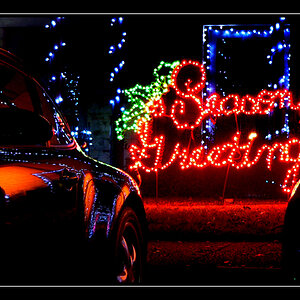marossity
TPF Noob!
- Joined
- Jan 9, 2011
- Messages
- 6
- Reaction score
- 0
- Location
- Beer Sheva, Israel
- Can others edit my Photos
- Photos OK to edit
Needless to say, I am just getting started in this hobby,and trying to understand a few things.
I am having trouble attempting to understand the value of "EV" or "exposure value".
Not in how it is calculated. That is pretty straight forward. But what is the value of this number? How is it used when taking a picture? The aperture and the shutter speed are set, either automatically or manually. These determine the EV.
O.K. so I have now determined the EV. So what? What good does this do for me, the photographer?
I am having trouble attempting to understand the value of "EV" or "exposure value".
Not in how it is calculated. That is pretty straight forward. But what is the value of this number? How is it used when taking a picture? The aperture and the shutter speed are set, either automatically or manually. These determine the EV.
O.K. so I have now determined the EV. So what? What good does this do for me, the photographer?




![[No title]](/data/xfmg/thumbnail/38/38741-89a8c6f9d841889783a4fae2b8c40902.jpg?1619738704)
![[No title]](/data/xfmg/thumbnail/32/32806-e16129723fd659a65a21d27ec96c2637.jpg?1619735667)
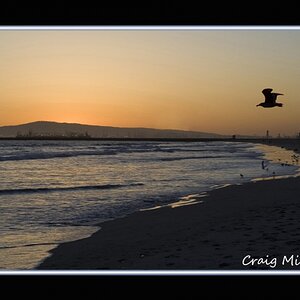
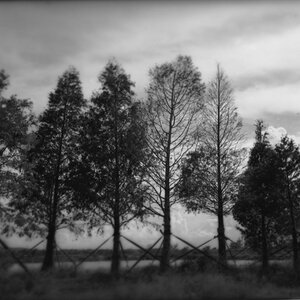
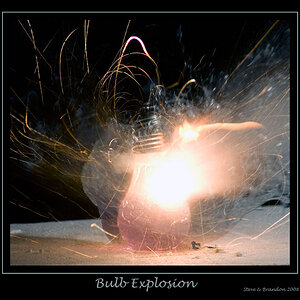

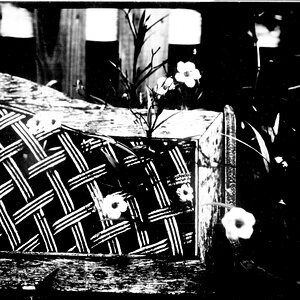
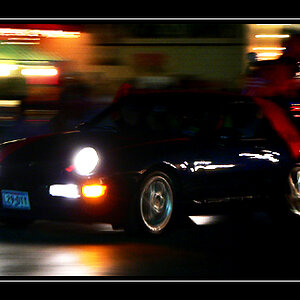
![[No title]](/data/xfmg/thumbnail/38/38738-7933157d1b8968c986eeeab2d1828524.jpg?1619738703)
